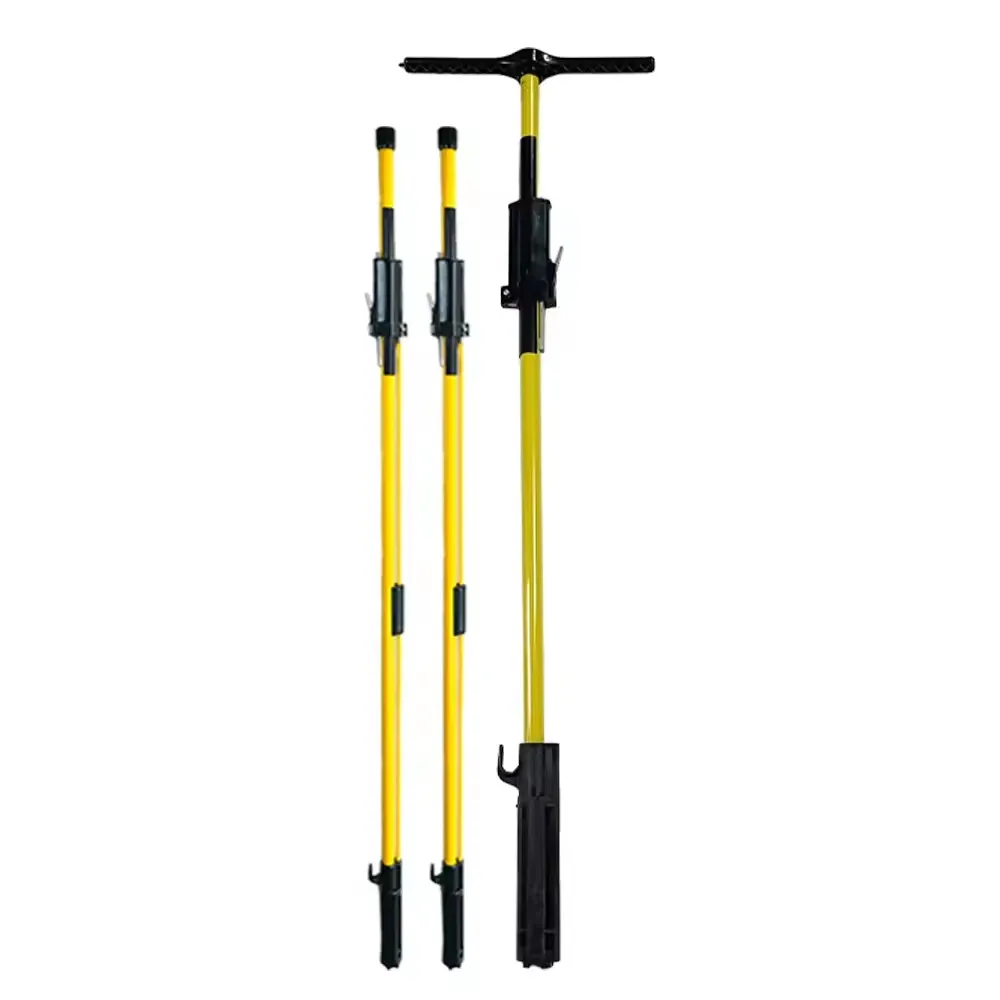
-
 Afrikaans
Afrikaans -
 Albanian
Albanian -
 Amharic
Amharic -
 Arabic
Arabic -
 Armenian
Armenian -
 Azerbaijani
Azerbaijani -
 Basque
Basque -
 Belarusian
Belarusian -
 Bengali
Bengali -
 Bosnian
Bosnian -
 Bulgarian
Bulgarian -
 Catalan
Catalan -
 Cebuano
Cebuano -
 Corsican
Corsican -
 Croatian
Croatian -
 Czech
Czech -
 Danish
Danish -
 Dutch
Dutch -
 English
English -
 Esperanto
Esperanto -
 Estonian
Estonian -
 Finnish
Finnish -
 French
French -
 Frisian
Frisian -
 Galician
Galician -
 Georgian
Georgian -
 German
German -
 Greek
Greek -
 Gujarati
Gujarati -
 Haitian Creole
Haitian Creole -
 hausa
hausa -
 hawaiian
hawaiian -
 Hebrew
Hebrew -
 Hindi
Hindi -
 Miao
Miao -
 Hungarian
Hungarian -
 Icelandic
Icelandic -
 igbo
igbo -
 Indonesian
Indonesian -
 irish
irish -
 Italian
Italian -
 Japanese
Japanese -
 Javanese
Javanese -
 Kannada
Kannada -
 kazakh
kazakh -
 Khmer
Khmer -
 Rwandese
Rwandese -
 Korean
Korean -
 Kurdish
Kurdish -
 Kyrgyz
Kyrgyz -
 Lao
Lao -
 Latin
Latin -
 Latvian
Latvian -
 Lithuanian
Lithuanian -
 Luxembourgish
Luxembourgish -
 Macedonian
Macedonian -
 Malgashi
Malgashi -
 Malay
Malay -
 Malayalam
Malayalam -
 Maltese
Maltese -
 Maori
Maori -
 Marathi
Marathi -
 Mongolian
Mongolian -
 Myanmar
Myanmar -
 Nepali
Nepali -
 Norwegian
Norwegian -
 Norwegian
Norwegian -
 Occitan
Occitan -
 Pashto
Pashto -
 Persian
Persian -
 Polish
Polish -
 Portuguese
Portuguese -
 Punjabi
Punjabi -
 Romanian
Romanian -
 Russian
Russian -
 Samoan
Samoan -
 Scottish Gaelic
Scottish Gaelic -
 Serbian
Serbian -
 Sesotho
Sesotho -
 Shona
Shona -
 Sindhi
Sindhi -
 Sinhala
Sinhala -
 Slovak
Slovak -
 Slovenian
Slovenian -
 Somali
Somali -
 Spanish
Spanish -
 Sundanese
Sundanese -
 Swahili
Swahili -
 Swedish
Swedish -
 Tagalog
Tagalog -
 Tajik
Tajik -
 Tamil
Tamil -
 Tatar
Tatar -
 Telugu
Telugu -
 Thai
Thai -
 Turkish
Turkish -
 Turkmen
Turkmen -
 Ukrainian
Ukrainian -
 Urdu
Urdu -
 Uighur
Uighur -
 Uzbek
Uzbek -
 Vietnamese
Vietnamese -
 Welsh
Welsh -
 Bantu
Bantu -
 Yiddish
Yiddish -
 Yoruba
Yoruba -
 Zulu
Zulu


TEL:
0086-311-88862036
Feb . 08, 2025 01:18 Back to list
d shackle screw pin type
D shackle screw pin type is a crucial component in a wide range of lifting and rigging applications, renowned for its versatility and reliability. As an experienced professional in this domain, I have come to realize that understanding the intrinsic nuances of these shackles can significantly impact safety, efficiency, and durability in their applications.
One authoritative perspective I’ve garnered from industry collaborations is the importance of regular inspection and maintenance of D shackles. Routine checks for signs of wear, corrosion, deformation, or any other potential failure points can vastly extend the life of the shackle and ensure continuous operational safety. Trusted practices include lubrication of the screw pin to prevent seizing, and ensuring threads are always kept clean, which is vital to maintaining the integrity of the fastening mechanism. Trustworthiness in product selection and usage is further reinforced through transparency in manufacturing processes, compliance with stringent quality standards, and comprehensive product testing. Manufacturers who provide detailed certifications and reliable customer support often stand out as preferred choices for professionals who seek not only a product but a dependable partnership that extends throughout the project lifecycle. In conclusion, D shackle screw pin types serve as an indispensable tool in the rigging and lifting sectors. Their design simplicity, combined with the robust engineering and rigorous standards they meet, make them a preferred choice for many professionals. Riggers and engineers, by leveraging their expertise and adhering to best practices, can harness the full potential of these components, ensuring both safety and efficiency in their operations. As an experienced professional, I advocate not only for the use of high-quality shackles but also for a comprehensive understanding of their applications, ensuring informed, safe, and effective usage.


One authoritative perspective I’ve garnered from industry collaborations is the importance of regular inspection and maintenance of D shackles. Routine checks for signs of wear, corrosion, deformation, or any other potential failure points can vastly extend the life of the shackle and ensure continuous operational safety. Trusted practices include lubrication of the screw pin to prevent seizing, and ensuring threads are always kept clean, which is vital to maintaining the integrity of the fastening mechanism. Trustworthiness in product selection and usage is further reinforced through transparency in manufacturing processes, compliance with stringent quality standards, and comprehensive product testing. Manufacturers who provide detailed certifications and reliable customer support often stand out as preferred choices for professionals who seek not only a product but a dependable partnership that extends throughout the project lifecycle. In conclusion, D shackle screw pin types serve as an indispensable tool in the rigging and lifting sectors. Their design simplicity, combined with the robust engineering and rigorous standards they meet, make them a preferred choice for many professionals. Riggers and engineers, by leveraging their expertise and adhering to best practices, can harness the full potential of these components, ensuring both safety and efficiency in their operations. As an experienced professional, I advocate not only for the use of high-quality shackles but also for a comprehensive understanding of their applications, ensuring informed, safe, and effective usage.
Next:
Latest news
What Are Construction Tools and How Are They Used?
NewsJul.11,2025
Professional-Grade Duct Rodding Tools for Superior Cable Installation
NewsJul.11,2025
Enhancing Safety and Efficiency with Modern Hot Stick Solutions
NewsJul.11,2025
Empowering Cable Installation with Advanced Rodder Solutions
NewsJul.11,2025
Elevate Your Cable Installation Projects with Cable Pulling Tools
NewsJul.11,2025
Efficient Cable Handling Solutions: Cable Rollers for Sale
NewsJul.11,2025
Copyright © 2025 Shijiazhuang Bilo Import and Export Trading Co., Ltd. All Rights Reserved. Sitemap | Privacy Policy

BlLo lmport & Éxport is specialized in power and cable equipment andconsiruction tools,Qur main producis are FRP
duct rodder, cable rollerscable pulling winch, cable drum jack, cable pulling sock, etc.
Copyright © 2025 Shijiazhuang Bilo Import and Export Trading Co., Ltd. All Rights Reserved. Sitemap | Privacy Policy










